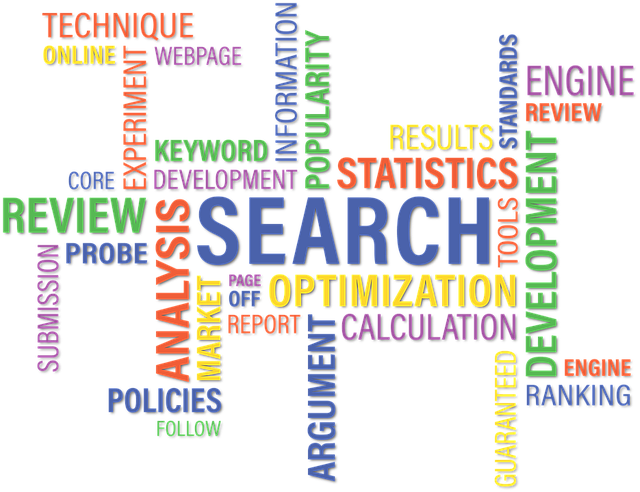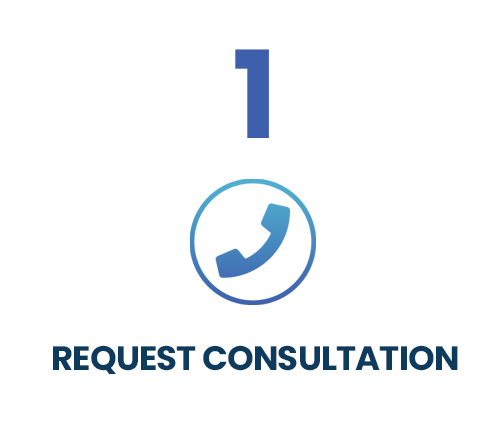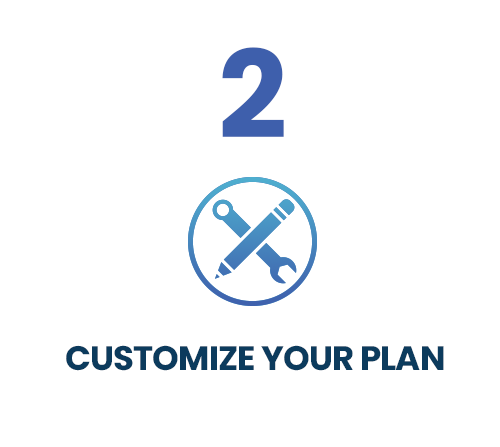Your website should be designed in a way that users flow through the content in an intentional way. From the navigation bar to your images to your contact form, everything should be intentional.
First, think about your audience and then think about the goal of your website. Are you trying to capture leads? Or are you trying to just provide information? Generally speaking, websites can and should be designed to take your prospects through a process that ends in you capturing their information.
GET INSIDE THE HEAD OF YOUR AUDIENCE
Your copy should be written in a way that solves your audience’s biggest problems. If you speak to them and engage them, they will naturally crave more from you. Think about how you can help your prospects and leverage that to capture leads.
TURN YOUR WEBSITE INTO A REVENUE GENERATING MACHINE
Your goal is likely to increase revenue, I get it! If you’re like most, you haven’t quite figured out how to make your website work for you. Your website should be generating a constant stream of qualified leads for you or your sales team to work. If it’s not, your content isn’t serving your audience. I’m going to use our website as an example of how you should think about your content hierarchy.
DRIVE TRAFFIC TO YOUR SITE
Before you can capture leads, you have to be getting the right people to your site. We do this in a myriad of ways including SEO, search, social media, etc. Our traffic drivers typically point to a piece of content or blog post on the site. Merely getting prospects to your site isn’t enough, you have to convert them or all the time, energy, and effort it took to get them there is wasted. Notice the call to action at the bottom of our blog post, it’s intentional.

PUT YOUR NAVIGATION BAR IN THE RIGHT ORDER

For us, our clients generally want to see examples of our work, what services we offer, and who we have done work for in the past (this builds credibility.) You’ll notice that our navbar is designed to serve this audience. We’re also building credibility through the slider and by showcasing recent awards.
MAKE IT EASY FOR PROSPECTS TO CONTACT YOU
It’s okay to have multiple forms on your website that serve different purposes. The form below is for those who are ready to schedule a consultation.

Others may not be ready yet but would like to stay up to date on what’s happening so we also provide them a way to sign up for our newsletter with the form below. They aren’t ready to buy yet but one day, they will be.















